SEO trends and the top ranking factors to keep an eye out for in 2018…
With new technologies and techniques, algorithm updates and trends, SEO is forever evolving and offering new opportunities for marketers to rank strongly in search results. As expected, some things remained, but some things changed. Here’s what we can expect in 2018.
RankBrain and User Experience Signals
Rankbrain — an Artificial Intelligence (AI) program Google uses to process search queries — will be even more important this year. By measuring how users interact with search results, RankBrain is able to rank results according to the value they present to searchers.
Last year, Google announced that RankBrain was its third most important ranking factor, but as Google continues to refine and improve this algorithm, it will increase in importance.
RankBrain takes two factors or user experience signals into account when ranking results — Dwell Time, the length of time that someone spends on a page, and Click-Through-Rate (CTR), the percentage of searchers that click on a result. Google now uses both Dwell Time and CTR as ranking signals in organic search.
Dwell Time and CTR as Ranking Factors
Pages with strong Dwell Time generally rank best because RankBrain is giving a ranking boost to these pages — why? Because it’s safe to say that if someone spends a long time on the page, they like the content and it answers their search query. Should enough people find it useful, RankBrain will uprank that page, making it easier to find for that particular search query.
Just as pages with great Dwell Time (3+ minutes) rank best, so too do pages with above-average CTR. This should make perfect sense. Google wants to make its search results as useful as possible, so it upranks the pages that are getting the majority of clicks and downranks pages that get fewer clicks.
Boosting your click-through-rate is vital, because not only is RankBrain now using CTR as a ranking signal, but the more crowded Google makes its organic search results with AdWords Ads, Answer Boxes, People Also Ask sections and so on, the greater the challenge in getting clicked on and maintaining strong rankings that provide visibility.
How to Improve Click Through Rate and Dwell Time
1. Catchy Snippets
A compelling title and meta description are, therefore, a must as this is the copy which will entice searchers into clicking on your result.
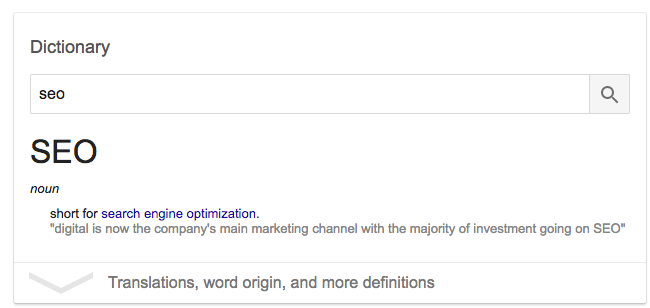


2. ‘Click Magnet’ Method
Leveraging the ‘Click Magnet’ method can help to get your results more clicks, improving your click-through-rate and, hopefully, your rankings. Here’s how:
- Find AdWords ads
- Include words and phrases from these ads in your title and meta description
- Get more clicks
You should also add power words to add urgency and modifiers, where possible, to get more longtail traffic in both your title and meta description.
3. Comprehensive and Helpful Content
In the early days of search, Google analysed web pages to see how many times a specific keyword was mentioned in the content. Nowadays, however, instead of measuring content, Google now focuses on the context of a web page to show users the best search result.
Writing comprehensive, in-depth content that covers everything the searcher wants to know about the topic they’re searching for can be a challenge, but most ranking factor studies find that longer content — 2,000+ words — outranks shorter content. Adding keywords (other than what you want to rank for) that are associated with the topic of the page adds further ranking strength as Google will see these keywords as a signal that the page comprehensively covers the topic. These keywords are called Latent Semantic Indexing (LSI). Find your LSI keywords here.
4. Page Speed and Mobile-First
Google’s mobile-first index is on the way and is expected to arrive sometime this year. With over half (60% at present) of all Google searches in 2017 taking place on mobile devices — and this trend will increase as time goes by — it should come as no surprise that Google is prioritising the mobile version of content, even in results for desktop users.
Another ranking factor that Google looks at in mobile ranking is page speed. Google refers to this update as “Speed Update” and will go into effect in July 2018. Slow websites will experience a drop in rankings.
To learn more about implementing a mobile-responsive solution, check out the how-to guide on Google’s developer site. It’s important to note that once Google goes mobile-first, any content, including keywords, hidden behind buttons, menus or expandable sections won’t be indexed.

Other SEO Ranking Factors in 2018
1. Video Content
Video is exploding in popularity at the moment with the time people spend on YouTube up 60% year-over-year, making it the 2nd largest search engine in the world after Google Search. This is a trend that will snowball over the following years, with Cisco claiming that by 2021, online video will comprise 80% of all online traffic. Additionally, research by HubSpot shows that 43% of people want to see more video content.
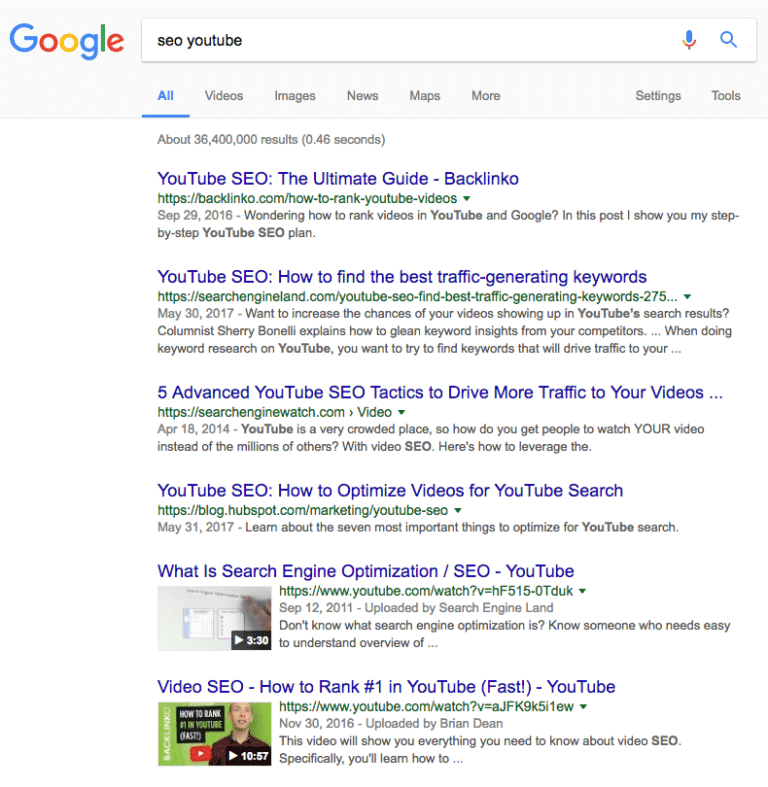
2. Voice Search
With the release of smart speakers such as Google Home and Amazon Echo, voice search will surge in both popularity and importance as more people become accustomed to interacting with search engines orally and aurally rather than visually.

Sales of smart speakers are expected to surge in 2018, and as more models are released, we can expect that voice search will evolve accordingly. Here are a few current statistics to consider:
- 20% of mobile searches are voice searches
- 40% of adults perform one or more voice searches daily
- Google voice searches have increased 35x in the last ten years
It’s difficult to imagine the changes to search that will take place as voice search becomes more prevalent, but it is expected that both the nature of search queries and SERPs will be greatly affected. Optimising for voice search isn’t something to worry about just yet, unless you’re on the first page of Google. And preferably in a Featured Snippet.
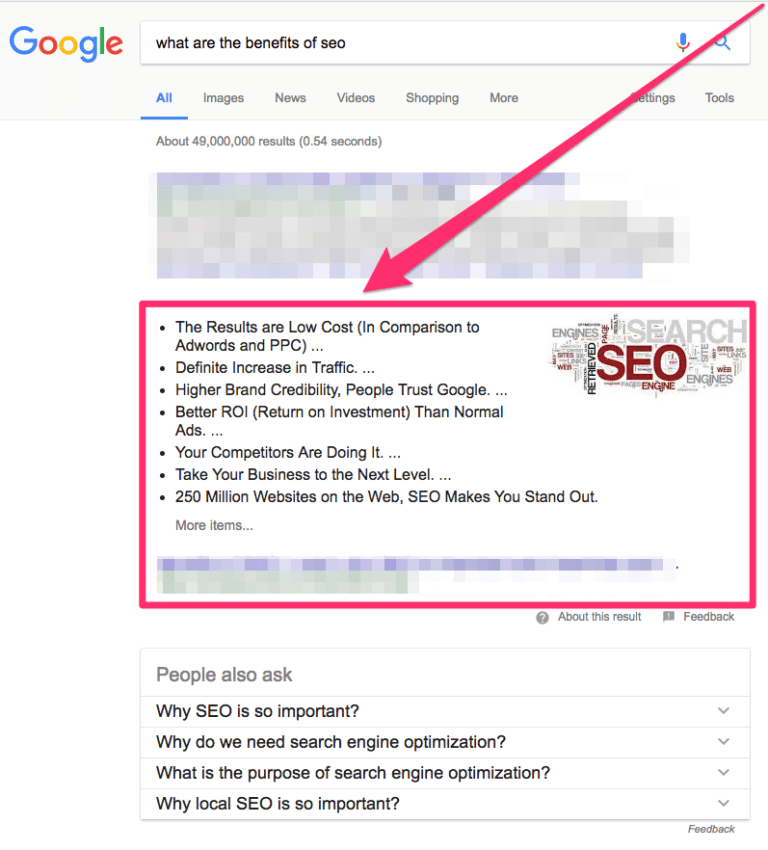
If you aren’t in a featured snippet yet, work at increasing the strength of your rankings so that you are in a position in which to capitalise upon the opportunities that voice search will present in the future.
3. Featured Snippet
If you are on the first page and want to get a headstart on the competition by optimising for voice search, include a question and answer in your content as the majority of voice searches are — and will continue to be — question-based. That means Google will generally pick pages that contain a question and an answer, usually in a featured snippet.
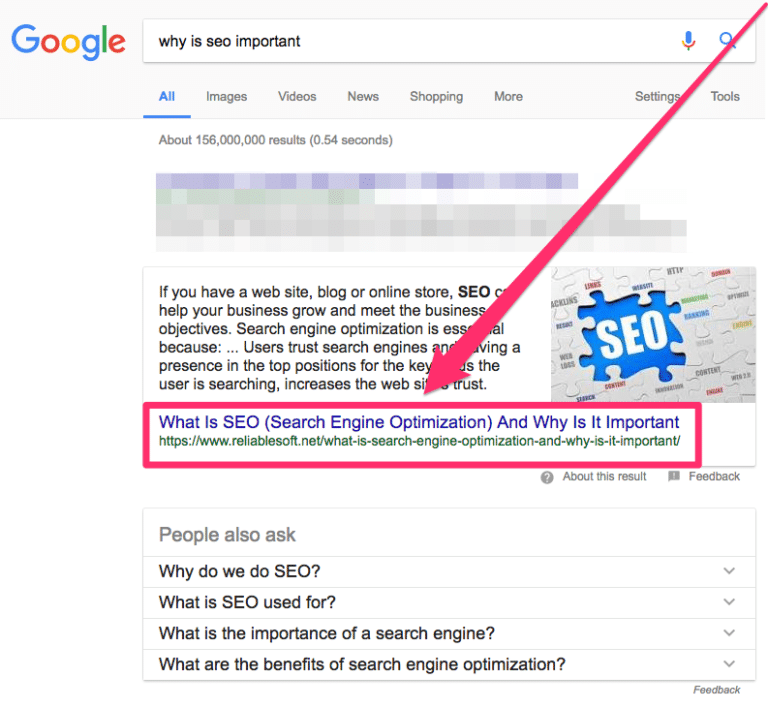
Not all businesses have equal opportunities because some markets, especially those industries which use terms that require explanations, are better suited to featured snippets. At this stage, local businesses will find they are better off strengthening their presence on Google Maps, as featured snippets are not yet seen in SERPs displaying the local pack.
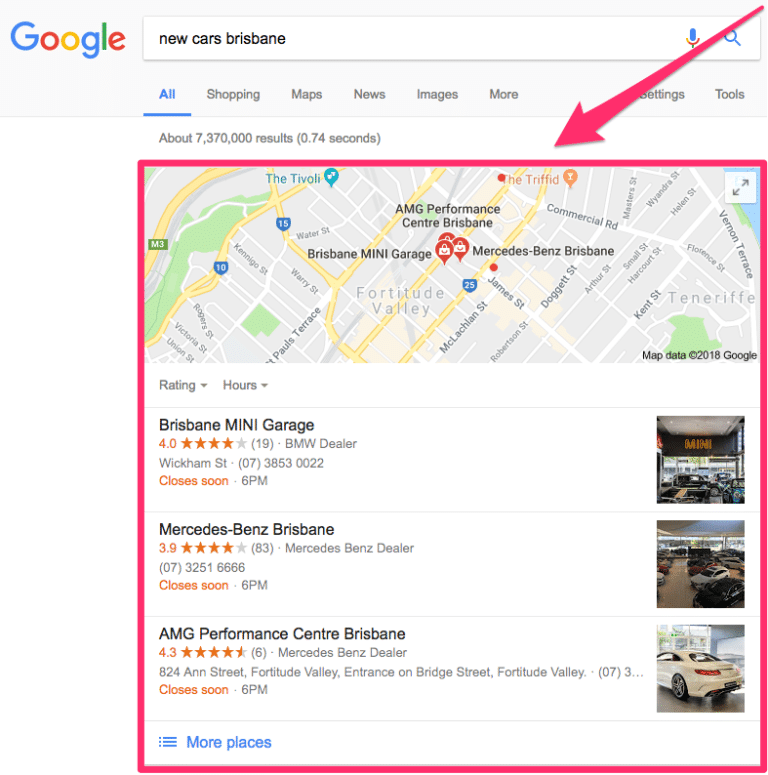
Here are a few things to consider if you want to get a featured snippet for a particular search enquiry:
- Make sure the opportunity exists
- Do keyword research to identify which keywords are getting featured snippets
- Recognise that higher-volume terms and longer queries get the most featured snippets
- Use explicit questions that begin with ‘who’, ‘what’, ‘where’, ‘why’ and ‘how’, but also include implied questions and as action words like ‘doing’ and ‘getting’
- Ensure the on-page content clearly answers the question
You also need to make sure your page has clean code and tagging that Google understands, and ensure positive user engagement signals like great Dwell Time and a strong CTR. Formatting your HTML can make a positive difference, with the best practice to:
- Make the search query a heading on the page and format as an H1 or H2
- Summarise the answer in a single paragraph
- Format the paragraph in a paragraph HTML tag <p> directly below the heading
- Keep the paragraph word count to 40 — 55 words
Another option to consider is presenting on-page content in a question-and-answer format. This format helps Google to easily extract the information and present it as a featured snippet. Even if this doesn’t succeed in getting a featured snippet, it will enhance both Dwell Time and CTR by satisfying the needs of searchers looking for answers to that particular query.
4. Content and Links
While there are so many opportunities in the world of SEO in 2018, content and links are just as important as ever. Much of what has been discussed here, including RankBrain, video content, and voice search, won’t help you dominate SERPs for your most valuable keywords and search queries unless you’re already enjoying healthy rankings and online visibility. Once you rank, you should then start focusing on these new and exciting opportunities, until then, focus on creating amazing content and getting high-quality backlinks.
And what does Google have to say about this? Rather unsurprisingly, Google recently stated that content and links remain the top two ranking factors — RankBrain is #3 — so if you’re overlooking quality content and links — the foundation of successful SEO since the dawn of time — you may not get the rankings you desire.
Bambrick Media is a digital marketing company based in Brisbane with a strong focus on SEO. We also specialise in PPC, Social Media Marketing and Website Design. To speak with a member of our SEO team about your digital marketing goals, please get in touch via our Contact page or give us a call on 1300 719 835.